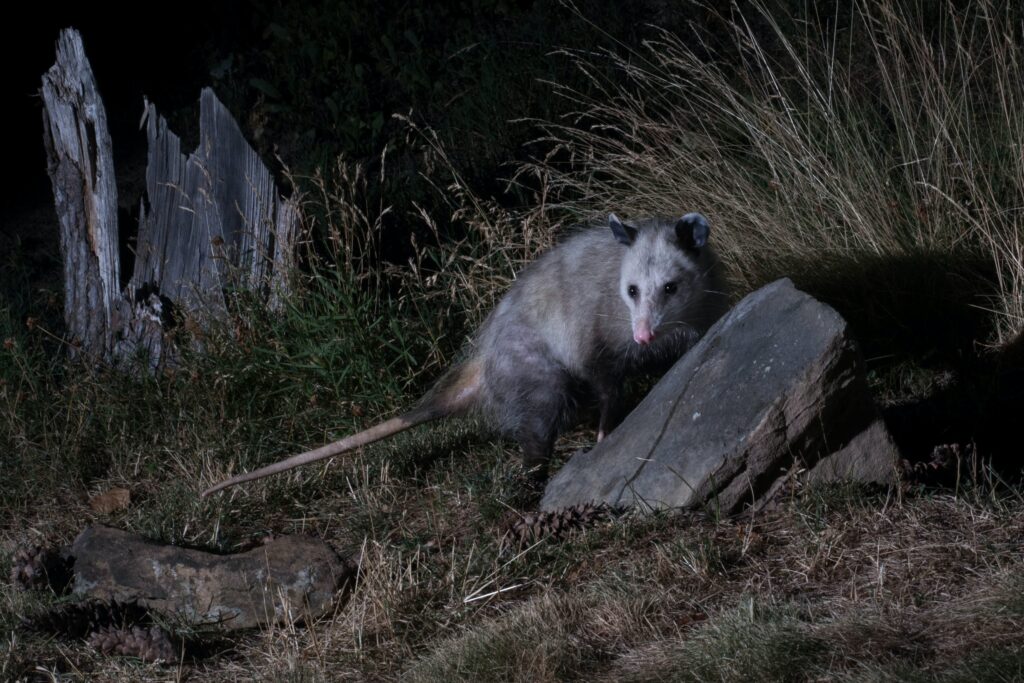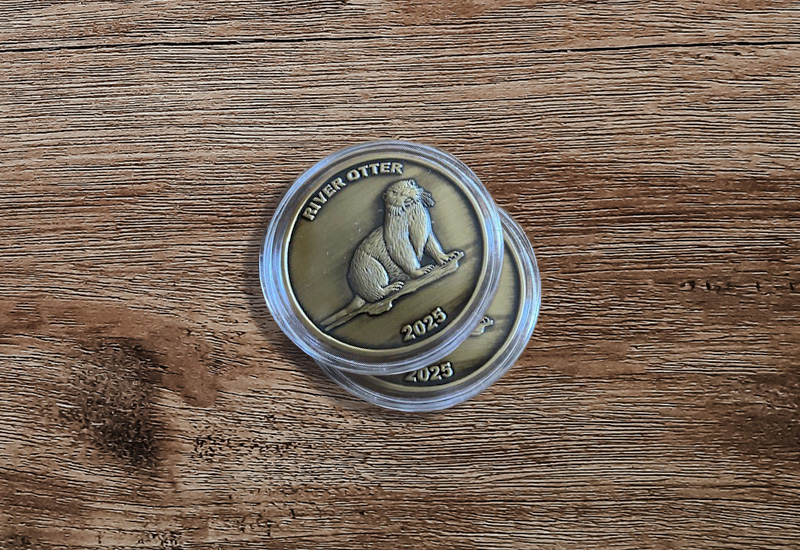
From The Feed
Upcoming Events
-
88th PTA RendezvousJun 12, 2025-Jun 14, 2025
Shippensburg
Hosted by District 8
-
D7: Summer PicnicJul 19, 2025• 4:00 pm
Montgomery Park - 1st St. Montgomery
-
D8: Booth at Shippensburg FairJul 21, 2025-Jul 26, 2025
-
D9: Troy FairJul 21, 2025-Jul 26, 2025
D9 mans a PTA booth at the fair.
Contacts:
Terry Lutz: 570-485-4366
Ed Price: pricee0503@hotmail.com
-
D11: MeetingAug 3, 2025• 2:00 pm
Millcreek Sportsmen’s Assoc. – 2 PM
-
D8: Booth at CVAEMA ShowAug 8, 2025-Aug 9, 2025
-
D7: Trapper TrainingAug 9, 2025• 8:00 am
St. Joseph’s Catholic Center - Milton
-
D9: Harford FairAug 11, 2025-Aug 16, 2025
D9 mans a PTA booth.
Contacts:
Terry Lutz: 570-485-4366
Ed Price: pricee0503@hotmail.com
-
D11: Trapper Training SchoolAug 16, 2025
Lebanon Co Trapper Training School
Contact Lee Campbell 717-507-3170
-
D8: MeetingAug 17, 2025
Upper Adams Fish & Game
-
D8: Trapper Training SchoolAug 23, 2025
Mt. Holly Fish & Game
-
D11: Trapper Training SchoolAug 23, 2025
Lancaster Co Trapper Training School
Contact Terry Suter 717-925-1354
-
D7: Annual Outdoor ShowSep 5, 2025-Sep 6, 2025• 8:00 am
Clinton Co. Fairgrounds
Sat. PM meeting
-
D9: Trapper Training SchoolSep 6, 2025-Sep 7, 2025
Lazy Brook Park
Tunkhannock, PA
Contacts:
Terry Lutz: 570-485-4366
Ed Price: pricee0503@hotmail.com
-
D11: Trapper Training SchoolSep 13, 2025
Schuylkill Co Trapper Training School
Contact Brian Mohn 610-207-1594 -
D8: Newville Sportsman's ShowSep 13, 2025
-
D9: Outdoorsman Flea MarketSep 14, 2025
Lazybrook Park
Tunkhannock, PA
Contacts:
Terry Lutz: 570-485-4366
Ed Price: pricee0503@hotmail.com
-
D11: Trapper Training SchoolSep 20, 2025
Dauphin Co Trapper Training School
Contact Mike Spittle 717-648-1552
-
D9: MeetingOct 12, 2025
2-4 PM
309 White Rock Rd.
Forest City, PA
Contacts:
Terry Lutz: 570-485-4366
Ed Price: pricee0503@hotmail.com
-
D8: Meeting & Shrimp FeedOct 19, 2025
Mt. Holly Fish & Game
-
D11: MeetingOct 25, 2025• 2:00 pm
Middlecreek Wildlife Center - 2 PM
-
D11: Fur SaleJan 10, 2026
-
D7: Fur SaleFeb 22, 2026• 8:00 am
Montour Delong Fairgrounds - Washingtonville
-
D7: MeetingMar 1, 2026• 12:00 pm
Greene Twp. Bldg. - Loganton
12:00 Food / 1:00 Meeting
-
D7: Spring Rendezvous & Fur SaleApr 11, 2026• 8:00 am
Clinton Co. Fairgrounds







88th Pa Trappers Association Rendezvous Shippensburg June 12-14,2025
Tailgaters and campers may arrive 6/10 after 11am . All tailgating and camping is a first come first serve basis. Outside tailgate spaces vary in size average is 20’x40’. Under roof spaces average 8’x20’. Quiet generators are permitted. ... See MoreSee Less
0 CommentsComment on Facebook
This “hot off the press” PTA history book will be available for the first time at the PTA Rendezvous next week at the Shippensburg fairgrounds. Stop by the state booth and purchase your copy. $30 ... See MoreSee Less
0 CommentsComment on Facebook
Interested in cable restraint certification? A class will be held on August 9th from 1-4:30 at the Dauphin County Anglers and Conservationists Club located at 201 Clarks Valley Rd Dauphin 17018. You must register through the PA Game Commission website. Questions? Call Mike Spittle at 717-648-1552 ... See MoreSee Less
0 CommentsComment on Facebook
Many thanks to District 11’s Brett Spangler for representing the PTA at the York Area Youth Field Day! ... See MoreSee Less
0 CommentsComment on Facebook